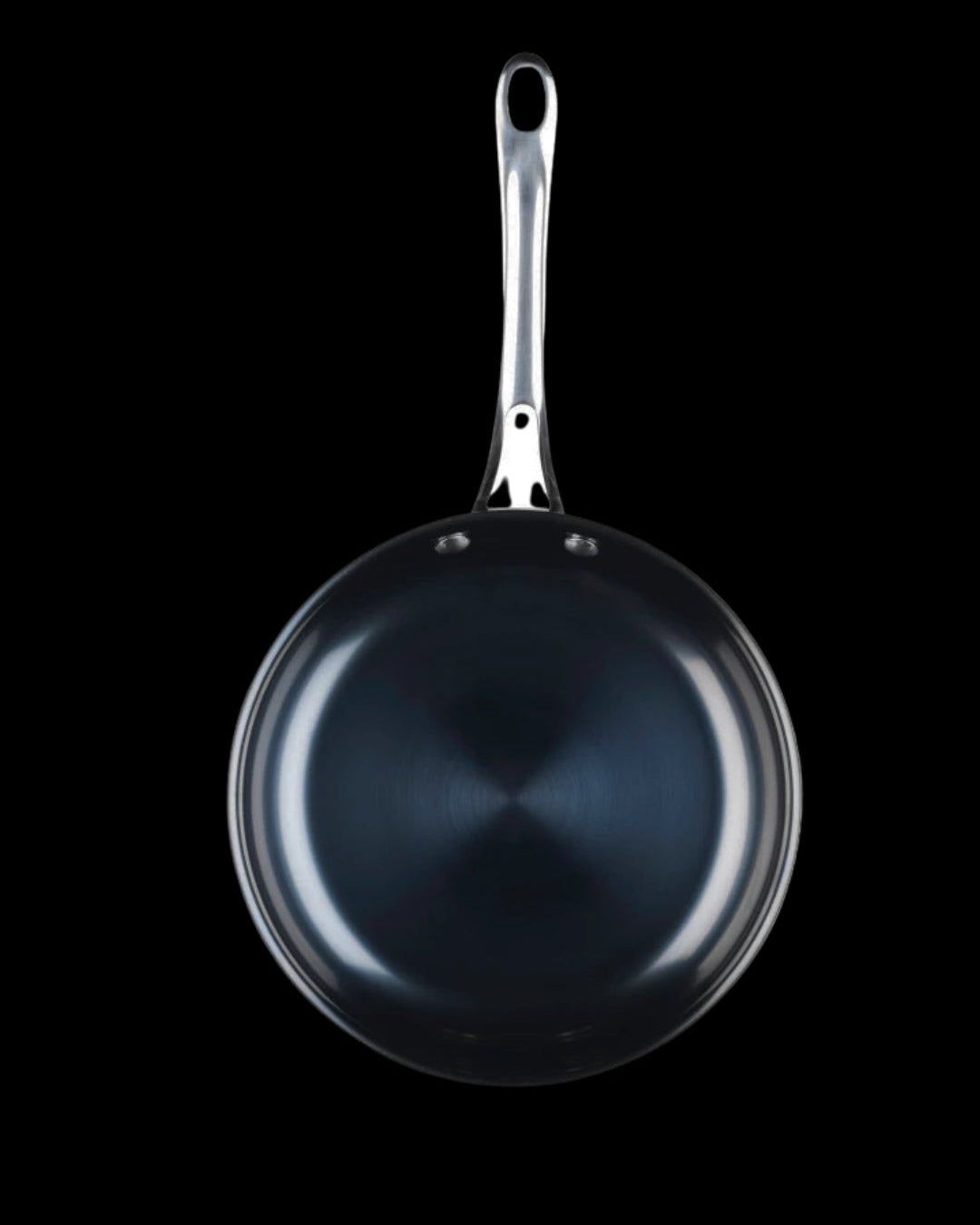
A reminder for reading food labels
Share
Store shelves are full of shiny packages with slogans like: gluten-free , fit , light , fat-free , vegan , high in protein . All of these sound like health promises. But if you take a moment to read what's actually inside the package, the picture can change.
The truth is in the ingredient list
The front of the package is marketing, the back is honesty. Ingredients are always listed by quantity. If the first ingredient is sugar or syrup, then “fat-free” or “gluten-free” does not make the product healthier. The shorter the list of ingredients and the more familiar the words, the better. However, if the list is long and full of complicated additives or numbers, it means that the product is highly processed and natural food has long since disappeared.
Marketing traps
Sugar-free often means artificial sweeteners, which may reduce calories but affect the gut microbiome and blood vessels. Fat-free often means a product that is compensated with sugar, which fluctuates blood sugar and makes you hungry faster. Vegan can simply be a sign that gives the impression of health, although vegan candy is still candy. The same goes for protein-rich products, where the amount of protein may be marginal, but the word is capitalized.
The art of comparison
If you want to know which product is better, put them side by side and read the labels. It often turns out that the unassumingly packaged version contains less sugar and more fiber than the “trendy” alternative. It’s worth developing this habit, because judging only by the packaging can miss the real value.
Back to simplicity
The surest way to avoid marketing pitfalls is to choose food that doesn't need a label at all. Eggs, flour, sugar, milk, fresh vegetables, meat or fish – these are raw materials for which you don't have to worry about whether the slogan on the package is telling the truth. If the list of ingredients consists of just one word, you have the most honest food.
The same goes for domestic seasonal produce. Potatoes, carrots, cabbage, or beets don't need the words "superfood" on the label, even though they are actually more so in our climate than any exotic fruit from far away.
Final word
Reading food labels is a necessary skill, but in the end it comes down to one simple truth: it’s best to choose foods that don’t need a complicated label. The fewer ingredients, the less risk. If you want a truly healthy lifestyle, start moving back to simplicity – choose ingredients that you know and have only one word in their name.
In the next post, we ask: how much value is there in your food after it has made a long journey from the other side of the world to our store?


